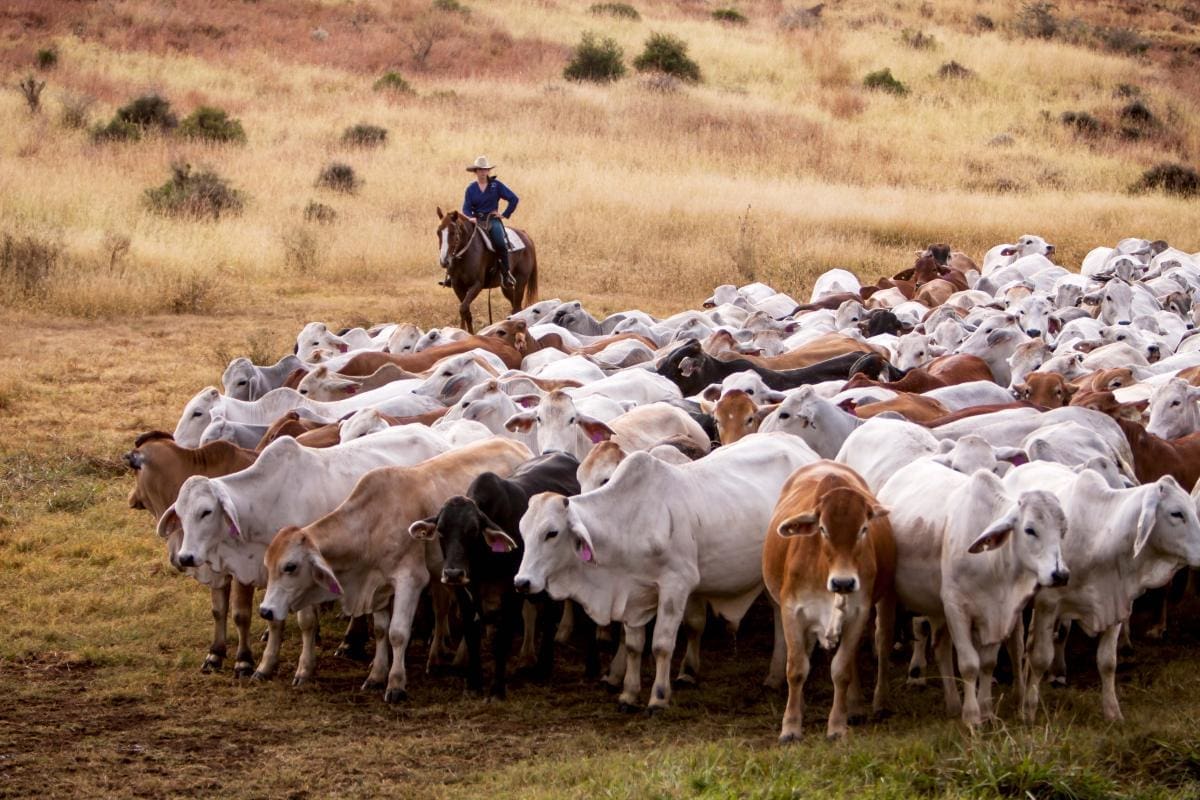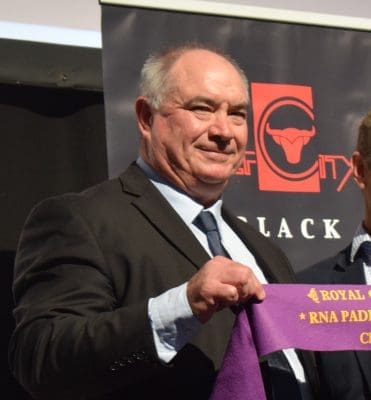
BRAHMAN breeders have had an interesting couple of years, with thousands of northern cattle finding themselves in southern paddocks as part of post-drought herd rebuilding, and bigger discounts starting to creep into the marketplace for indicus cattle.
The issues of price and where the breed sits in the Meat Standards Australia framework dominated discussions at a recent Australian Brahman Breeders’ Association conference for Ekka week in Brisbane.
JBS Australia feeder cattle supply manager Jason Carswell gave the conference an explanation of the company’s current pricing trends for Brahman cattle. He said crossbred steers were making 33c/kg more than high-grade Brahmans this year – and the gap had widened from 18c/kg last year.

Jason Carswell
“The main reason for this was because we were hit with a big wave of Brahman cattle when the live export boats stopped earlier this year,” Mr Carswell said.
“We were quoting cattle producers from whom we had not bought in ten years – there was big oversupply and we had to dig through the cattle we wanted to buy and the cattle we did not want to buy.”
Mr Carswell said marbling score was a big driver for the way the company marketed its meat. He said there was a premium for high Brahman content cattle with a good marbling score.
“All the Brahman meat goes in the same box as the crossbred meat, it is just based on marbling scores,” Mr Carswell said.
“There’s certainly Brahman cattle that perform well above the averages and there are premiums for it. In an ideal world if you can produce an animal that is 390kg, marbling score three and has an average daily gain of 2kg you are in the crossbred category then.”
When quizzed about whether the discount on Brahman cattle will return to the historical figure around 20c/kg, Mr Carswell said it was likely, but he was not sure when.
“I think it will come back to 20c at some stage, and that will be governed by supply,” he said.
“At the moment we have a lot of Brahman cattle coming at us and sometimes the only way you can slow down the supply is by dropping the price.”
MSA hump heights challenged
Plenty of opinions were also thrown around about the treatment of Brahman breed in the Meat Standards Australia system – particularly about the “hump height” specifications which were changed in 2019.

MSA program manager David Packer
The Australian Brahman Breeders’ Association has been in discussion with MSA about changing the wording. Junior vice president and moderator Matthew Noakes told Beef Central the current “hump height” singled out the Brahman breed and the association was hoping for a change to something like “tropical content indicator.”
MSA program manager David Packer said consumer research had shown hump height had a direct relationship with eating quality.
“We can’t measure Bos Indicus percentage in the MSA model, so we use hump height in conjunction with hot carcase weight,” Dr Packer said.
“We use hump height because it has a relationship with Bos Indicus content and a relationship with eating quality.”
Dr Packer said there were opportunities for Bos Indicus cattle to receive premiums in the grading system.
“The main factors that influence eating quality are genetics and nutrition,” he said.
“Prioritising nutrition for weaners all the way through to slaughter is probably one of the most important things for a successful outcomes – looking at 0.6kg/day.
Dr Packer said he was keen to keep working with Brahman cattle breeders to improve outcomes for both parties.
“The success of Northern Australia can be put down the Brahman breed, due to their adaptability to the environmental extremes,” he said.
“I would encourage the ABBA to do some consumer sensory work and that information would be on top of the MSA information.
“Brahman cattle can and do grade.”
